OLED ABC Info- Wide Color, Flexible, Transparent, Expensive
What is an organic light emitting diode (OLED)?
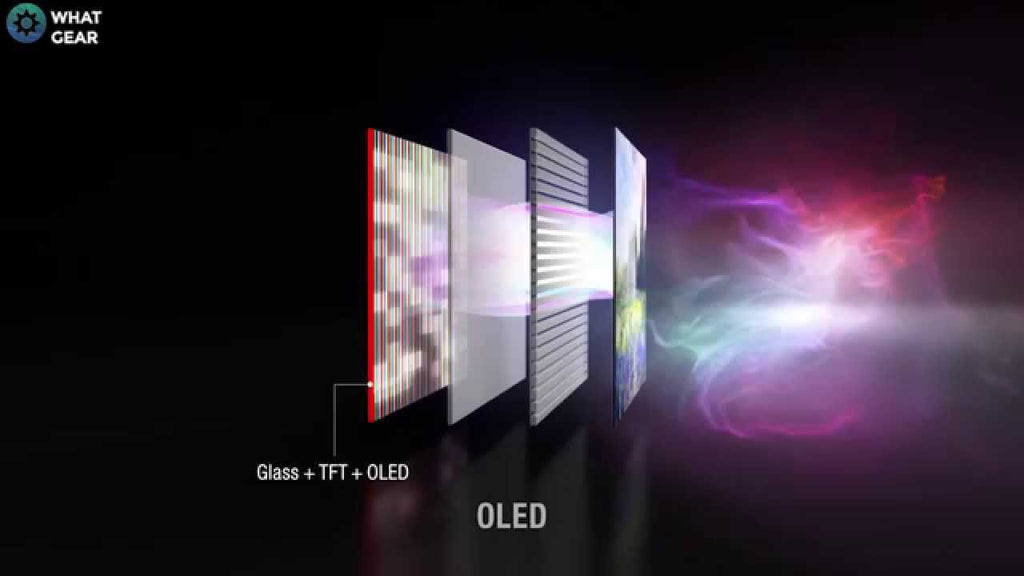
OLED (Organic Light Emitting Diode) is a flat light emitting technology, which is made by placing a series of organic thin films between two conductors. When an electric current is applied, it emits bright light. OLED is a light-emitting display that does not require a backlight, so it is thinner and more efficient than LCD displays (which require a white backlight).
The OLED display is not only thin and efficient, it also provides the best image quality ever, and it can be made transparent, flexible, foldable, and even rollable and stretchable in the future. OLED represents the future of display technology!
Comparison of OLED and LCD
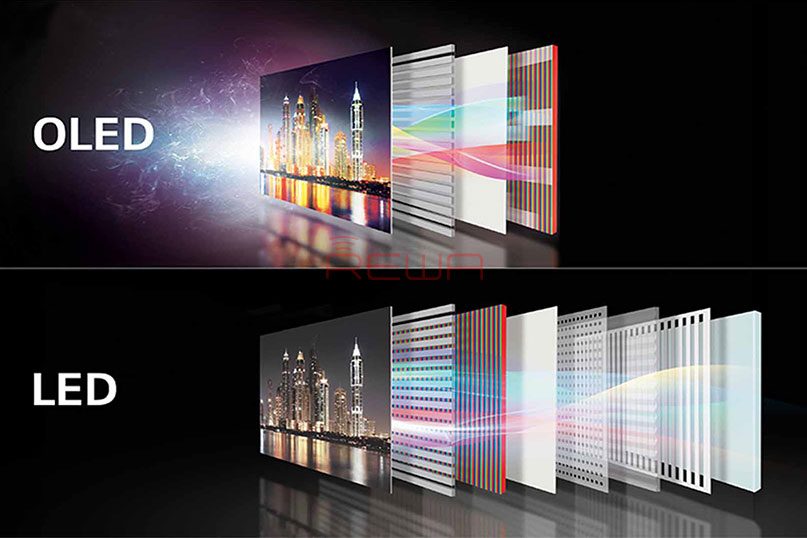
Compared with LCD displays, OLED displays have the following advantages.
- Improve image quality-better contrast, higher brightness, fuller viewing angle, wider color range and faster refresh rate.
- Lower power consumption.
- The design is simpler and can realize ultra-thin, flexible, foldable and transparent display.
- Better durability-OLED is very durable and can work in a wider temperature range.
The future-flexible and transparent OLED display
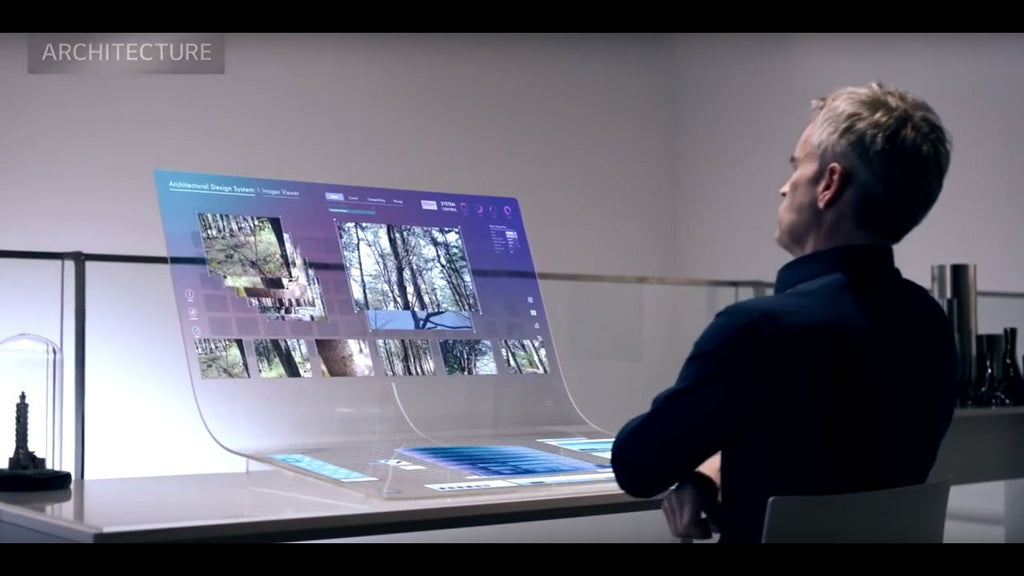
As we said, OLED can be used to create flexible and transparent displays. This is quite exciting because it opens up the possibility of the whole world.
The curved OLED display is placed on a non-flat surface.
Wearable OLED
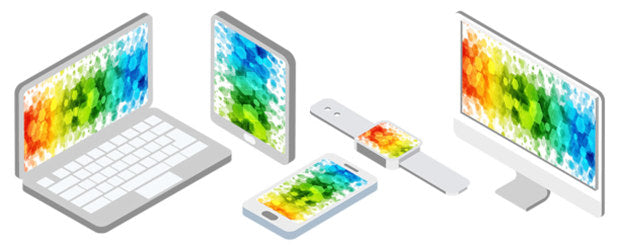 Foldable OLED and scrollable OLED can be used to create new mobile devices.
Foldable OLED and scrollable OLED can be used to create new mobile devices.
Transparent OLED embedded in a car window or car windshield.
There are more that we can't even imagine today...
Flexible OLEDs have been on the market for many years (in smartphones, wearables, and other devices). In 2019, we finally saw the first foldable devices--such as Samsung Galaxy Fold and Huawei Mate X-- Both phones are smart phones, which can become tablet devices when opened, using foldable OLEDs. In 2019, LG also released the world's first rollable OLED-its 65-inch OLED R TV, which can be rolled into the base! This is also LG's first rollable OLED TV launched in 2019.
What exactly is OLED technology?
 OLED panels are made of organic materials, and when electricity passes through them, they emit light. Because OLED does not require backlights and filters (like LCD displays), it is more efficient, simpler to manufacture, and thinner - in fact, it can be made very flexible and even scrollable.
OLED panels are made of organic materials, and when electricity passes through them, they emit light. Because OLED does not require backlights and filters (like LCD displays), it is more efficient, simpler to manufacture, and thinner - in fact, it can be made very flexible and even scrollable.
OLED has very good picture quality-brilliant colors, unlimited contrast, fast response speed, and wide viewing angle. OLED can also be used to make OLED lighting-thin, efficient and free of any bad metal.
What is the working principle of OLED?
 The main component in an OLED display is the OLED emitter-an organic (carbon-based) material that emits light when electricity is applied. The basic structure of an OLED is an emissive layer sandwiched between the cathode (injecting electrons) and the anode (removing electrons).
The main component in an OLED display is the OLED emitter-an organic (carbon-based) material that emits light when electricity is applied. The basic structure of an OLED is an emissive layer sandwiched between the cathode (injecting electrons) and the anode (removing electrons).
Modern OLED devices use more layers to make them more efficient and durable, but the basic functions remain the same.
An OLED panel itself is composed of a substrate, a backplane (electronic components-drivers), a front panel (the organic materials and electrodes explained above) and an encapsulation layer. OLED is very sensitive to oxygen and moisture, so the encapsulation layer is very critical.
The substrate and backplane of the OLED display are similar to those of the LCD display, but the front plane deposition is unique to OLED. There are several methods for the deposition and patterning of organic layers. At present, most OLED display screens adopt the vacuum evaporation method and use the shadow mask (FMM, Fine Metal Mask) for patterning. This is a relatively simple method, but the efficiency is very low (a lot of material wasted), and it is difficult to scale to large substrates.
Some OLED materials are soluble, and these materials can be deposited using printing methods-mainly inkjet printing. OLED manufacturers hope that inkjet printing may be a scalable, efficient and inexpensive method of depositing OLEDs.
Where can I find OLED displays today?
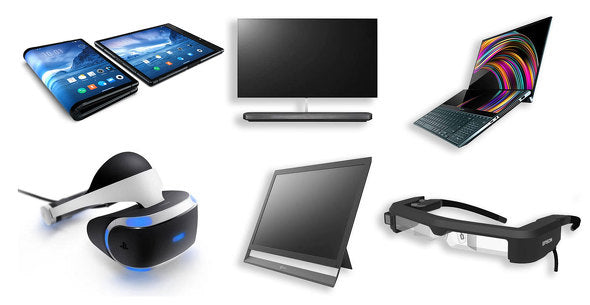 OLED has now been used in mobile phones, digital cameras, VR headsets, tablets, laptops and TVs. In 2018, the output of AMOLED screens exceeded 500 million-mainly to meet the needs of mobile phone manufacturers. The leading manufacturer of AMOLED is Samsung Display, and most high-end mobile phones currently use rigid and flexible OLED displays. For example, Apple adopted flexible AMOLED in the 2018 iPhone XS-a 5.8-inch 1125x2436 OLED panel produced by SDC, which is the same as the AMOLED display of the iPhone X. iPhone XS Max uses a larger 6.5-inch 1242x2688 flexible AMOLED. Display experts say that the iPhone XS Max display is the best smartphone display in the world.
OLED has now been used in mobile phones, digital cameras, VR headsets, tablets, laptops and TVs. In 2018, the output of AMOLED screens exceeded 500 million-mainly to meet the needs of mobile phone manufacturers. The leading manufacturer of AMOLED is Samsung Display, and most high-end mobile phones currently use rigid and flexible OLED displays. For example, Apple adopted flexible AMOLED in the 2018 iPhone XS-a 5.8-inch 1125x2436 OLED panel produced by SDC, which is the same as the AMOLED display of the iPhone X. iPhone XS Max uses a larger 6.5-inch 1242x2688 flexible AMOLED. Display experts say that the iPhone XS Max display is the best smartphone display in the world.
Today, OLEDs are used in mobile devices because they are thin, efficient, flexible, and bright. Compared with LCD, the price of OLED has a certain premium, but with the improvement of performance and the decrease of price, companies are increasingly using these displays.
Disadvantages of OLED
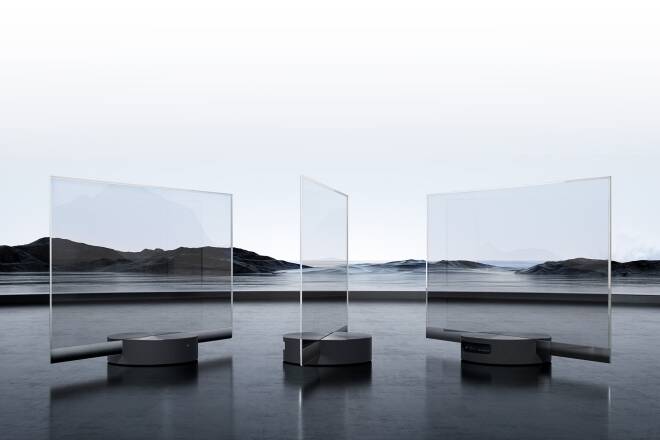 OLED is not perfect. First of all, the cost of producing an OLED is higher than the cost of producing an LCD-although this situation should be expected to change in the future, because OLEDs may be cheaper than LCDs due to their simple design (some people think that future OLEDs will use simple The inkjet process for printing).
OLED is not perfect. First of all, the cost of producing an OLED is higher than the cost of producing an LCD-although this situation should be expected to change in the future, because OLEDs may be cheaper than LCDs due to their simple design (some people think that future OLEDs will use simple The inkjet process for printing).
OLED has a limited lifespan (like any display, really), which was a considerable problem a few years ago. But it has been improving, and now this is hardly a problem. Today, the life span of OLED is long enough to be used in mobile devices and TVs. OLED can also have problems under direct sunlight because of its external radiation. But companies are working hard to make it better, and newer AMOLEDs (such as Samsung’s Super AMOLED and Super AMOLED Plus and Nokia’s CBD displays) perform quite well in this regard-some people even think they are better than LCD .
Comparison of AMOLED and PMOLED
 These terms are related to the driving mode of the OLED display. PMOLED (passive matrix OLED) is limited in size and resolution (usually the maximum resolution is about 128x128), but compared to AMOLED (using active matrix), it is cheaper and easier to manufacture. AMOLED uses an active matrix TFT array and storage capacitors. Although these displays are more efficient and can be made large, they are also more complicated to make.
These terms are related to the driving mode of the OLED display. PMOLED (passive matrix OLED) is limited in size and resolution (usually the maximum resolution is about 128x128), but compared to AMOLED (using active matrix), it is cheaper and easier to manufacture. AMOLED uses an active matrix TFT array and storage capacitors. Although these displays are more efficient and can be made large, they are also more complicated to make.
PMOLED displays are used for small devices or auxiliary displays, while AMOLED is used for smart phones, tablets, and TVs.

Hinterlassen Sie einen Kommentar